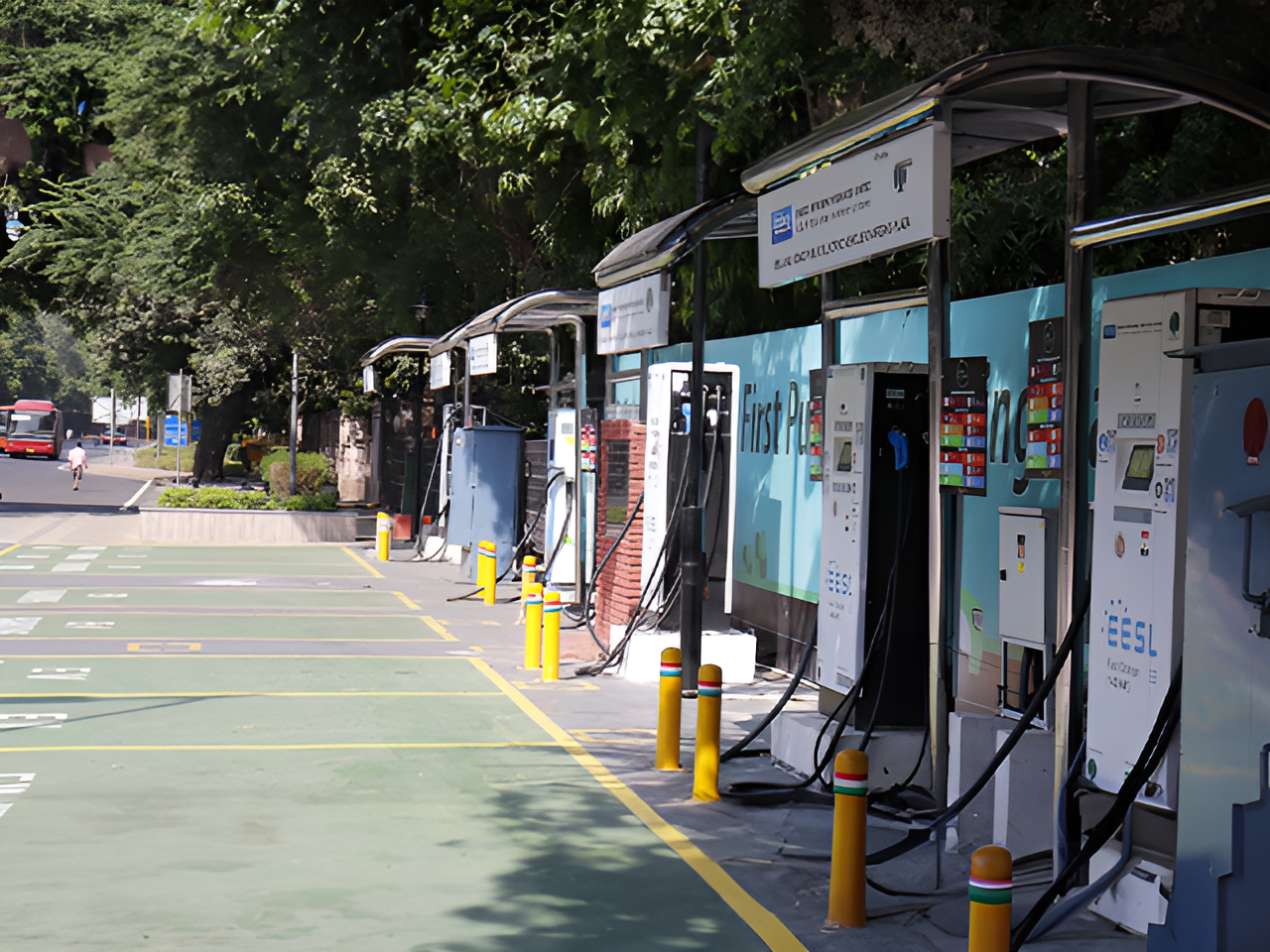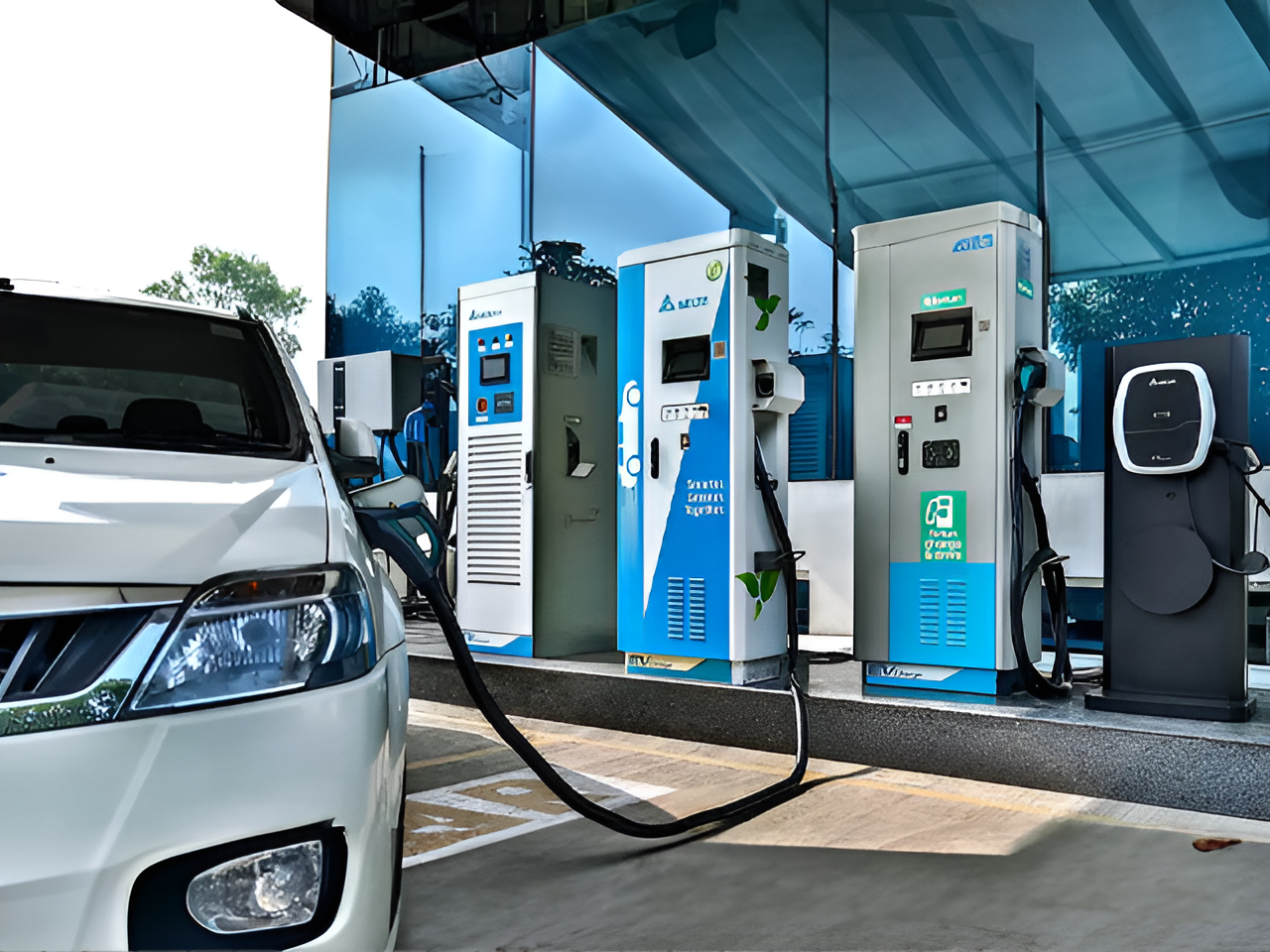FAME II Policy Explained How India is Pushing EV Adoption
FAME II Policy Explained: How India is Pushing EV Adoption
Published On Jan 29, 2025 10:10:42 AMIntroduction:
India is making significant strides toward sustainable transportation through the Faster Adoption and Manufacturing of Hybrid and Electric Vehicles (FAME) scheme. The second phase, FAME II, launched in April 2019, aims to accelerate EV adoption and reduce dependence on fossil fuels. This policy is a crucial step in India's journey to becoming a global hub for electric mobility. Let’s break down the objectives, incentives, impact, and future of FAME II.
What is FAME II?
FAME II is an extension of the original FAME scheme, introduced in 2015, to promote EV adoption through financial incentives and infrastructure development. With a budget outlay of ₹10,000 crore , FAME II focuses on supporting the demand for electric vehicles, developing charging stations, and boosting domestic EV manufacturing.
Key Objectives of FAME II
-
Increase EV Adoption: Encourage the purchase of electric two-wheelers, three-wheelers, four-wheelers, and buses.
-
Reduce Carbon Emissions: Promote cleaner mobility to decrease pollution and reliance on petrol/diesel vehicles.
-
Develop Charging Infrastructure: Establish a widespread network of EV charging stations across India.
-
Support Local Manufacturing: Reduce dependency on imported EV components through the Make in India initiative.
Incentives Under FAME II
FAME II provides subsidies to make EVs more affordable for consumers. The incentives vary by vehicle type:
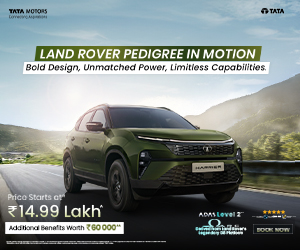
| Electric | Subsidies |
|---|---|
| Two-Wheelers | ₹15,000 per kWh of battery capacity (maximum subsidy capped at 40% of vehicle cost). |
| Three-Wheelers | ₹10,000 per kWh (up to ₹50,000 per vehicle). |
| Four-Wheelers | ₹10,000 per kWh (up to ₹1.5 lakh for personal cars, ₹2.5 lakh for commercial cars). |
| Buses | ₹20,000 per kWh (up to ₹50 lakh per bus). |
Impact of FAME II So Far

-
Over 1.5 million EVs have benefited from the subsidies.
-
The scheme has helped reduce an estimated 2.8 million tonnes of CO2 emissions.
-
Over 8,700 public charging stations have been installed, addressing range anxiety among users.
-
Leading manufacturers like Tata Motors, Ola Electric, Ather Energy, and MG Motor have ramped up their EV production.
Challenges and Limitations
-
Limited Charging Infrastructure: Despite progress, rural and semi-urban areas still lack sufficient charging points.
-
High Battery Costs: India relies on imported lithium-ion cells, making EVs expensive.
-
Subsidy Utilization: The FAME II subsidy allocation has been slow due to delays in implementation and policy adjustments.
Impact of FAME II So Far
The government is considering FAME III, with a stronger focus on local battery manufacturing and charging networks.Battery Swapping Policies are being explored to improve EV usability.
Private players like Tata Power, Reliance, and BPCL are investing heavily in charging station expansion. India aims for 30% EV penetration by 2030, aligning with global trends in electric mobility.

Conclusion
FAME II has played a pivotal role in accelerating India’s EV revolution, making electric mobility more accessible and practical. However, to sustain this momentum, India needs continued policy support, better infrastructure, and advancements in battery technology. If executed well, FAME II and future policies could place India at the forefront of the global EV market, driving cleaner and greener transportation solutions.


Popular Articles:
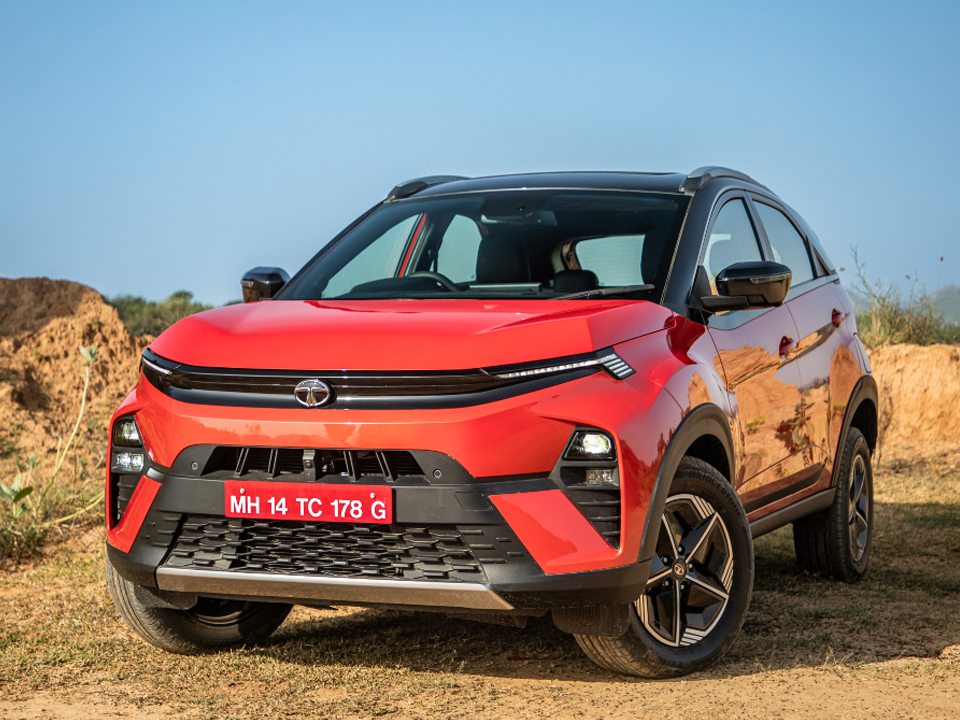 45k+ Views
45k+ Views
Tata Nexon
The Tata Nexon is one of India's most popular compact SUVs, known for its bold design etc...
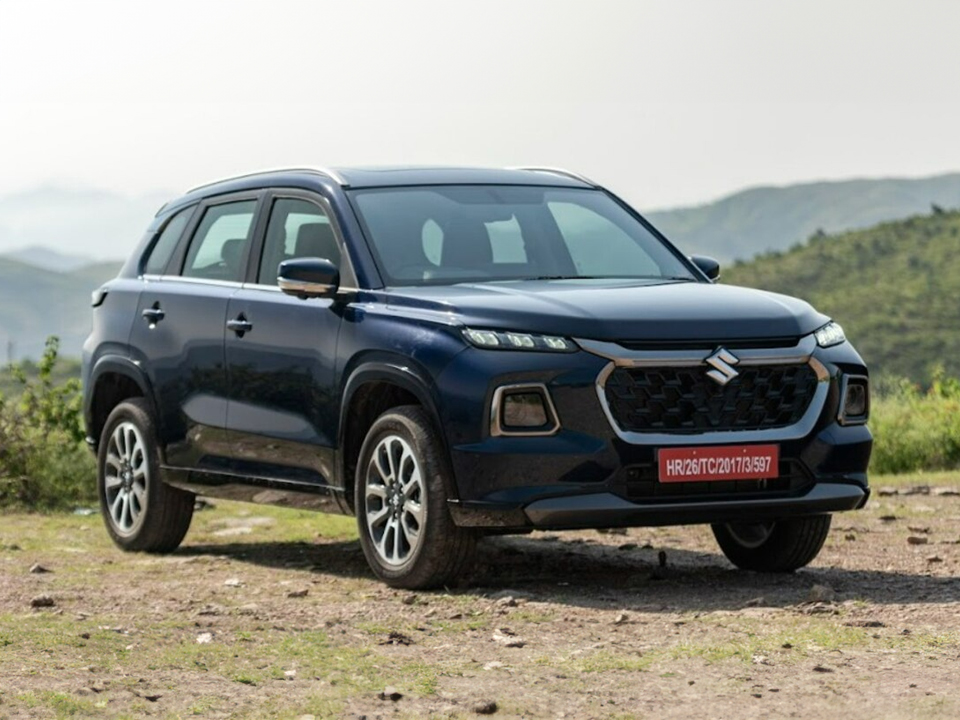 45k+ Views
45k+ Views
Maruti Suzuki Grand Vitara
The Maruti Suzuki Grand Vitara is a game-changer in the mid-size SUV segment, etc...
 45k+ Views
45k+ Views
Mercedes-Benz G-Class
The Mercedes-Benz G-Class, also known as the G-Wagon, is an iconic SUV etc...
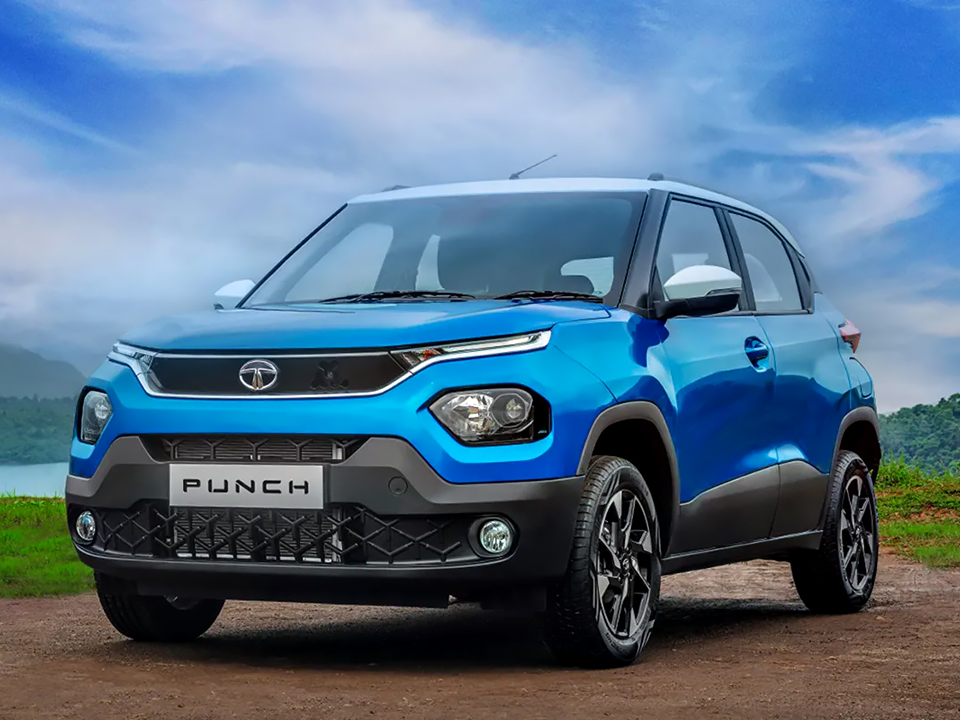 45k+ Views
45k+ Views
Tata Punch
The Tata Punch has revolutionized the compact SUV segment in India, offering a perfect mix of affordability etc...
Popular Articles:
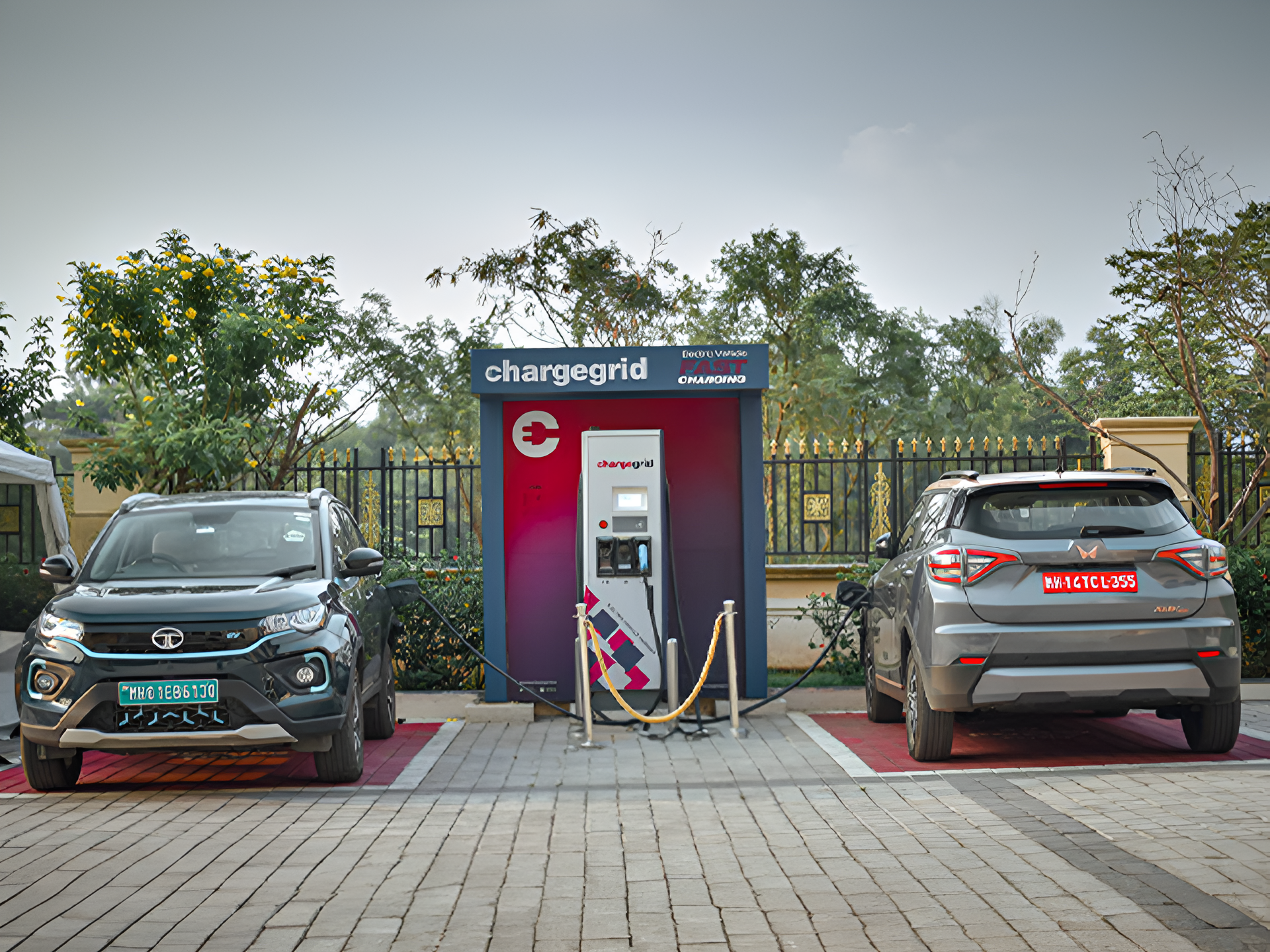
India is Pushing EV Adoption
India is the Faster Adoption and Manufacturing of Hybrid and Electric Vehicles (FAME) scheme.

The EV Battery Recycling Problem
As India accelerates its transition to electric vehicles (EVs), a major challenge looms—battery
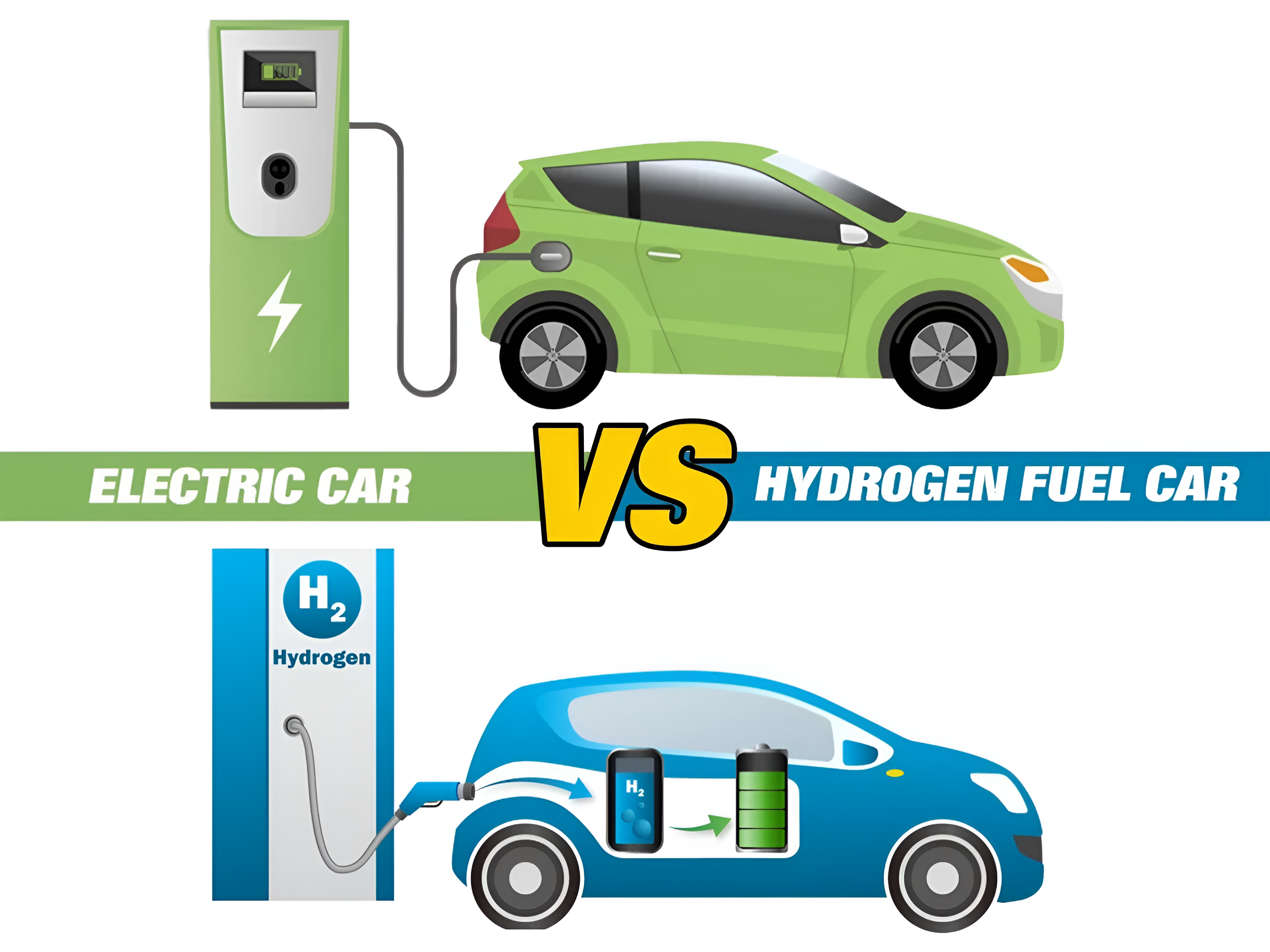
Hydrogen vs Electric
India is at a crucial juncture in its transition to sustainable transportation.
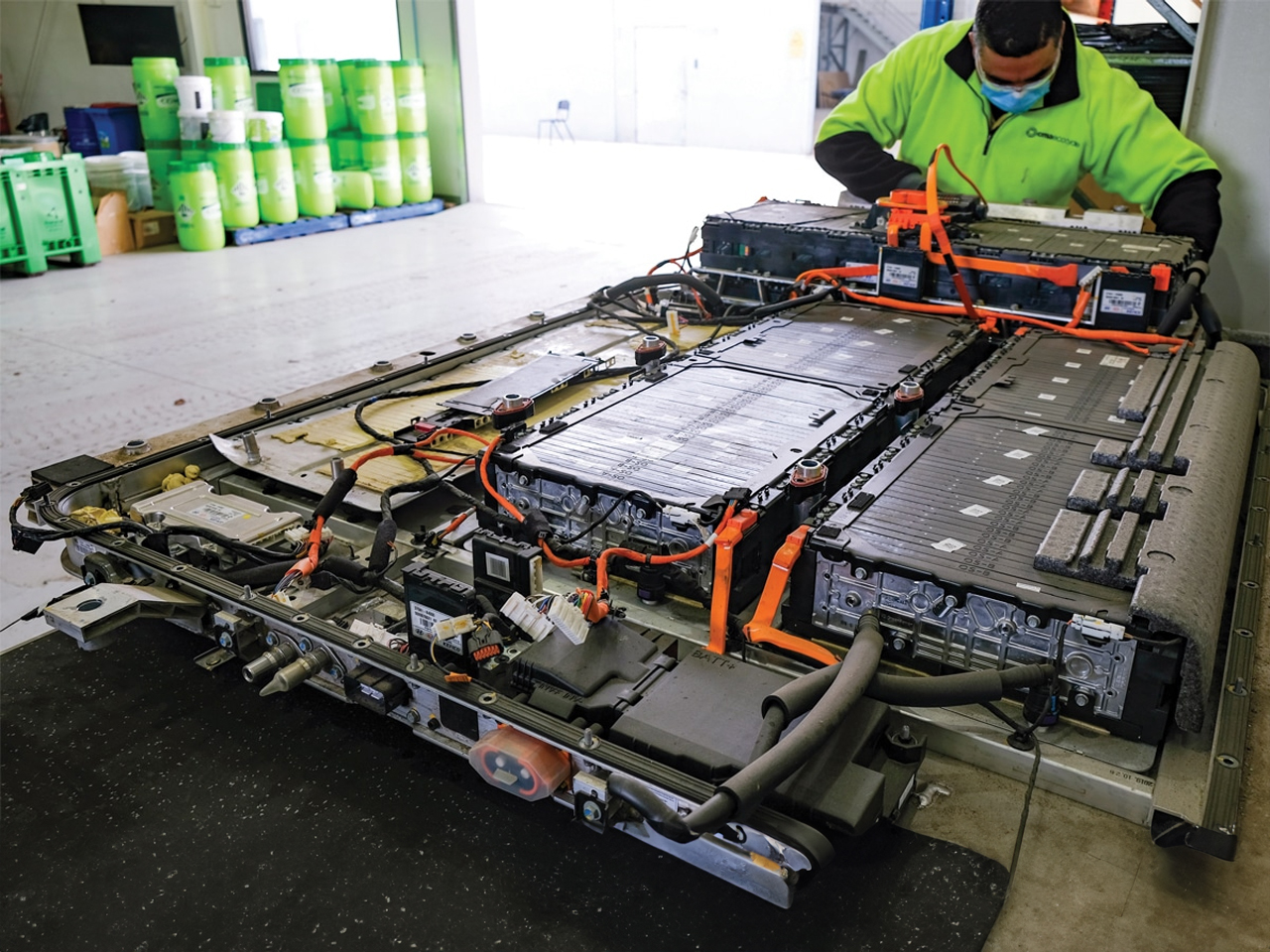
The Future of EV Batteries
Electric Vehicles (EVs) are at the forefront of the global transition to clean mobility
